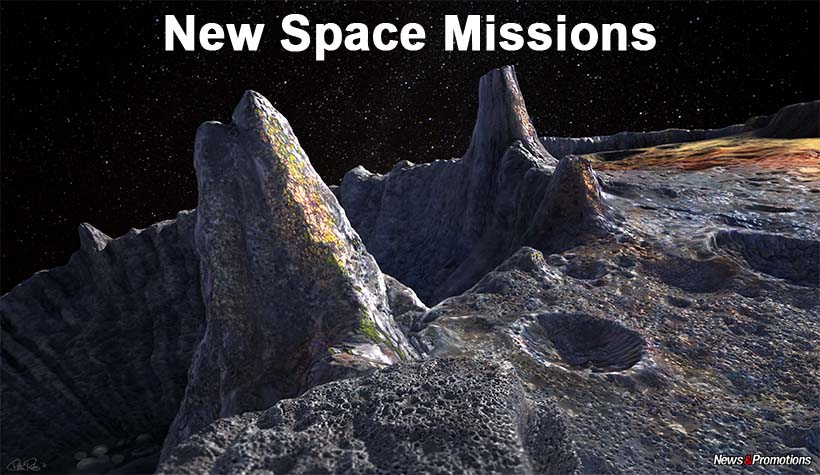
NASA has announced the choice of two new projects of space missions to asteroids in the Discovery program, in order to learn more about the start-up period of our solar system which has an age estimated at 4,6 billions of years, according to the AFP. For the first mission, NASA has announced that they will launch a spacecraft in 2021 which will study the so-called ‘Trojans asteroids’ on stable orbits around the gigantic gaseous planet Jupiter, asteroids considered among the oldest relics of the forming period of our solar system. According to the astronomers, around Jupiter are more than 2,300 of such Trojan asteroids.
Called Lucy, in honor of the famous fossilized hominid dating from 3,2 million years and considered to be one of the ancestors of the Homo sapiens, this mission will take advantage of the success of the New Horizons, which has explored the dwarf planet Pluto, and will be equipped with newer versions of the scientific instruments successfully used in this mission.
As regards the second mission, NASA programs the launch in 2023 of the Psyche mission, which will place on the orbit of 16 Psyche, one of the most massive objects in the asteroid belt between Mars and Jupiter. Measuring over 200 kilometers in diameter, 16 Psyche is considered to be an exposed core of iron, of a protoplanet which was never formed, similar to the iron core of our planet. Lucy is to arrive in the vicinity of a Trojan of Jupiter in 2025 and will visit the other 6 Trojans between 2027 and 2033.
Psyche will reach its destination in 2030. These two missions are part of the Discovery program launched by NASA in 1992 with the aim to explore the solar system ‘better, faster and cheaper’. The cost of the two missions does not exceed 500 million dollars.